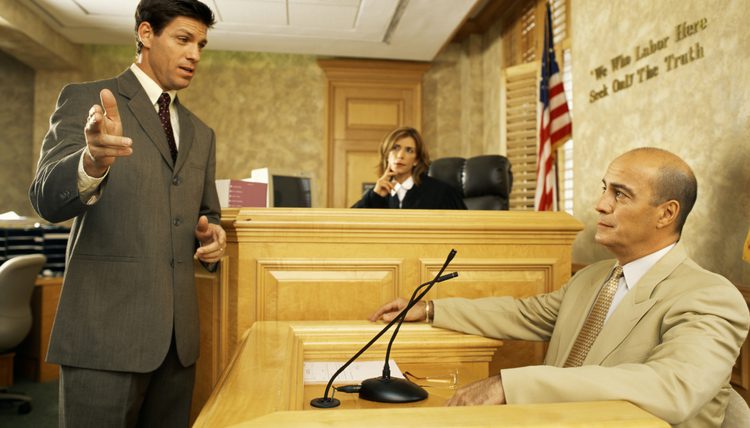Introduction
Examining Judicial Evidence Unveiling The 8 Types: In the realm of the legal system, evidence plays a pivotal role in determining the truth and delivering justice.
Understanding the different types of judicial evidence is essential for anyone navigating the complex world of law. In this article, we will delve into the eight crucial categories of evidence that are used in courtrooms to establish facts and support legal arguments.

- Direct Evidence
Direct evidence is like a spotlight on the truth. It provides explicit proof of a fact without the need for inference or interpretation. For instance, a surveillance video capturing a crime as it happens is considered direct evidence.
- Circumstantial Evidence
Circumstantial evidence relies on inferences. It doesn’t directly prove a fact but suggests it based on surrounding circumstances. If someone is found at a crime scene with a motive and means, this circumstantial evidence can point to their involvement.
- Testimonial Evidence
Testimonial evidence is information provided by witnesses in court. It can include their statements, depositions, or testimony given under oath. Witness accounts can be influential in shaping a case’s outcome.
- Documentary Evidence
Documents, such as contracts, emails, and records, fall under the category of documentary evidence. These written or recorded materials can provide crucial information and are often used in business disputes and contract-related cases.
- Real Evidence
Real evidence consists of tangible objects or physical evidence that is directly related to the case. This can include weapons, drugs, or items found at a crime scene. Real evidence provides a concrete connection to the events in question.
- Demonstrative Evidence
Demonstrative evidence aids in clarifying complex issues or facts for the jury. Examples include diagrams, charts, maps, or recreations of crime scenes. These visual aids can make it easier for the jury to understand the case.
- Exculpatory Evidence
Exculpatory evidence is critical for the defense. It includes evidence that tends to prove the defendant’s innocence or casts doubt on their guilt. Failing to disclose such evidence can lead to miscarriages of justice.
- Character Evidence
Character evidence pertains to a person’s character, which can be relevant in certain cases. It may be used to establish a person’s credibility or propensity for certain behaviors. However, it’s important to note that character evidence is subject to strict rules and limitations in court.
Conclusion
Navigating the intricacies of the legal system requires a fundamental understanding of the various types of judicial evidence. Whether it’s direct evidence shining a light on the truth or circumstantial evidence building a case through inference, each type has its role in uncovering the facts and delivering justice.
Documented, real, and demonstrative evidence provide the tangible aspects of a case, while testimonial evidence and character evidence bring human elements into play. Exculpatory evidence safeguards the rights of the accused.
By grasping these eight key types of evidence, individuals can better appreciate the complexity of legal proceedings and their role in ensuring fairness and accuracy in the pursuit of justice.
